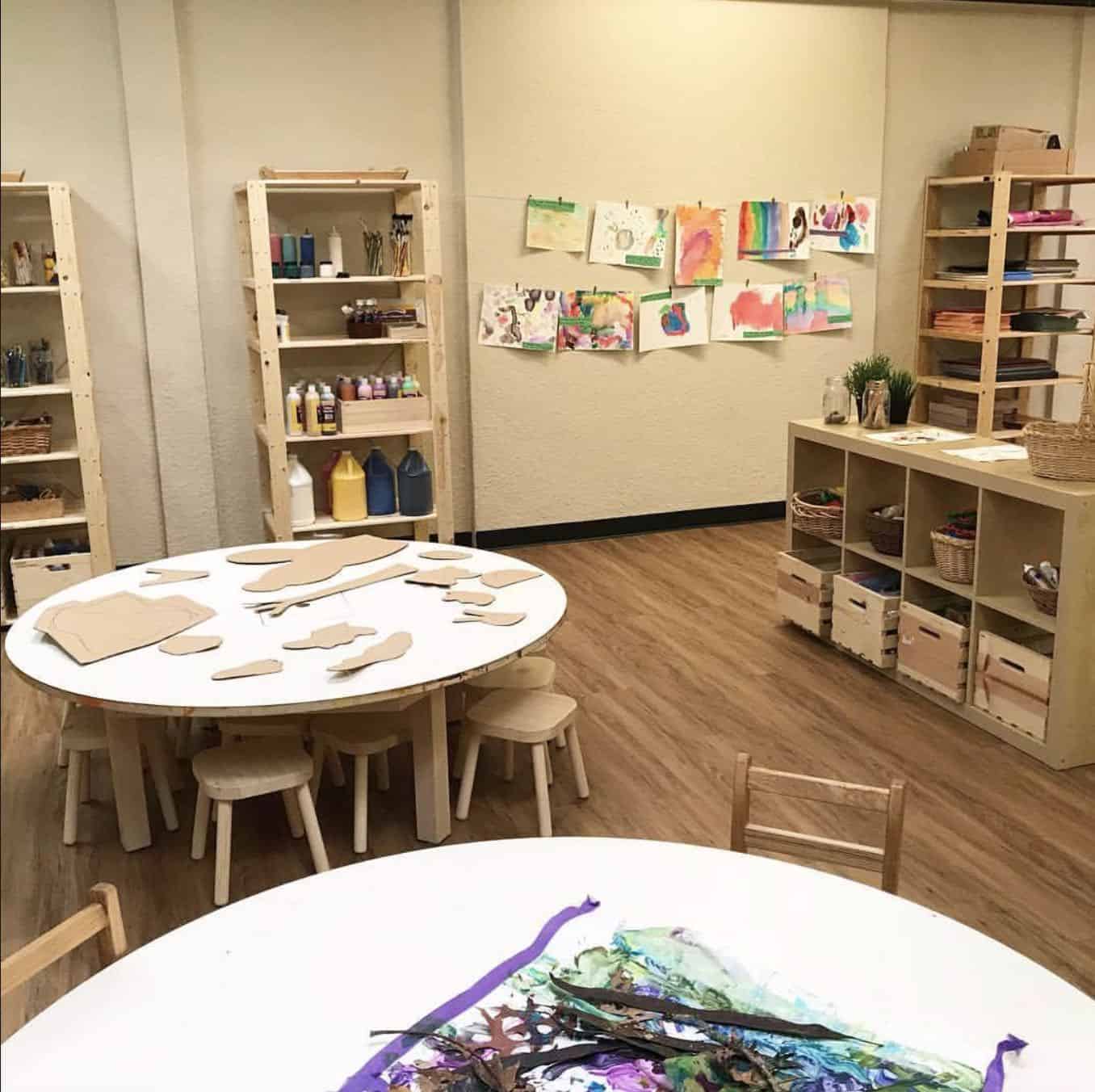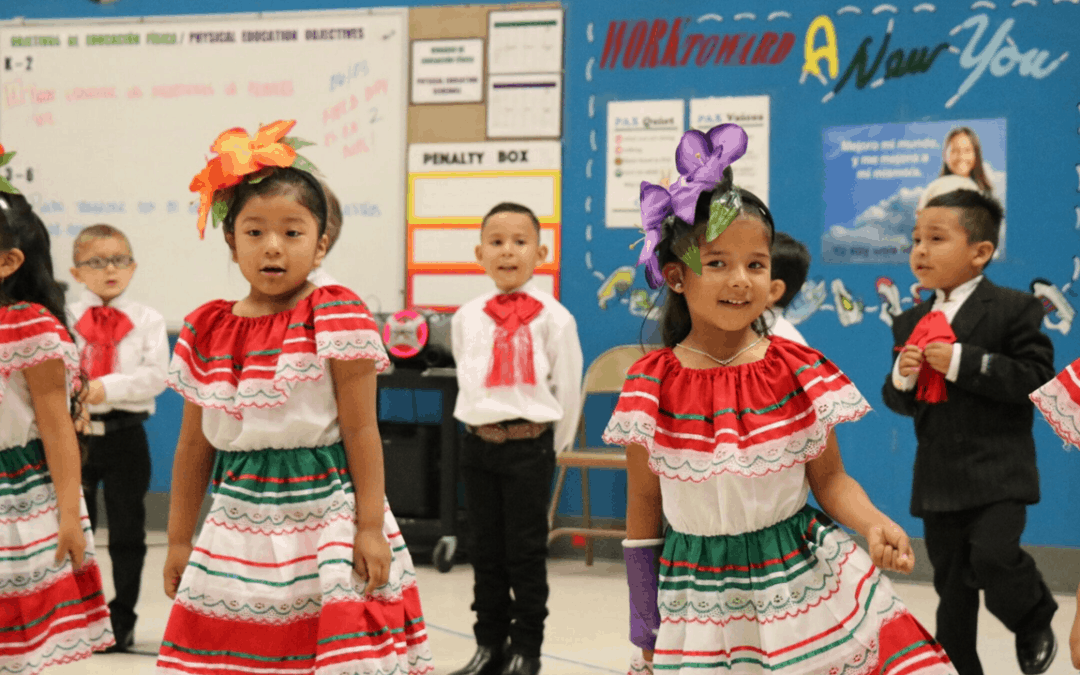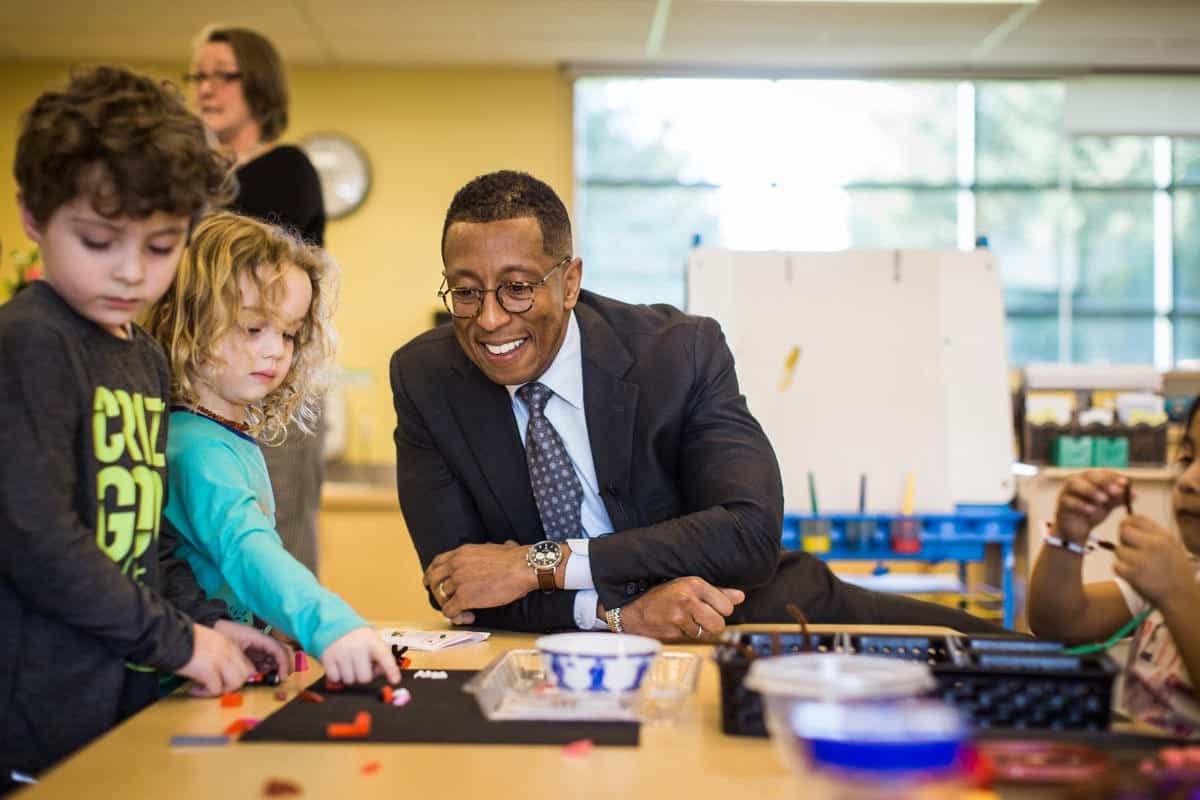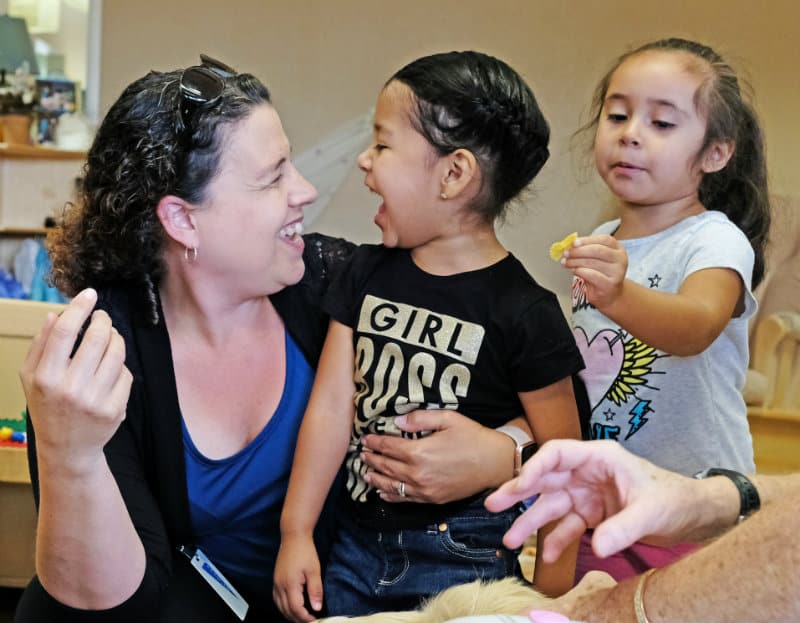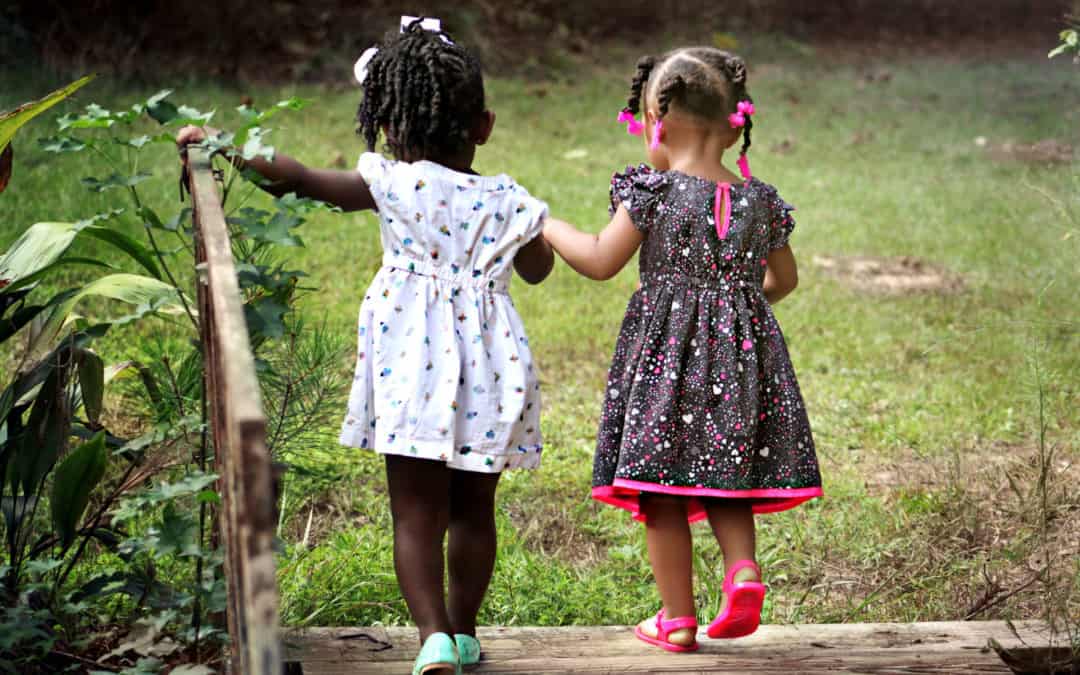
Laid off Educator Shares COVID-19 Impact on Life, Families
How is the COVID-19 pandemic affecting your corner of the early care and education world? Please email Ashley Walker at ashley@childinst.org if you or someone you know can help us to illustrate the on-the-ground reality for educators, families, small business owners, child health workers and others.
In this time of fast-paced transition and response, we spoke via email with Caitlin Curtis, a preschool teacher from Portland about the personal and professional impact of the COVID-19 pandemic.
As an early childhood educator, how is the pandemic affecting your work and your life?
Because of the pandemic, my school has closed. There was enough in reserve to pay teachers for one pay period, but we are a non-profit so we do not have the funds to stay open and continue paying employees. For the month of April, and possibly longer, we have been laid off, and the majority of us will be filing for unemployment.
As for my life, I’m social distancing in my apartment alone so it gets pretty lonely, especially going from a busy classroom to just me by myself at home. But I’ve been able to stay in contact with my friends, family and co-workers, so it’s all good.
And although we’ve been laid off, teachers at my school are staying connected to our families. I hold virtual meetups on Zoom three times a week, we send out emails with resources and supports once or twice a week to our families. I record myself reading stories and send them to my families. We also have a google photo album the parents can upload pictures to and we are organizing a pen pal situation.
How is the pandemic affecting the families you serve?
Well, they currently have no child care, so they are tasked with caring for their children and, for most of them, working from home. We do have some families who are essential workers and one parent in particular who had to send their child to stay with family in order to keep them healthy, which I’m sure is very hard. Many parents are juggling working from home and also caring for their children full time and trying to keep them occupied and engaged, which is probably a challenge.
How have you been staying connected and informed?
I listen to the news on the radio, OPB to be exact. I receive updates from the Oregon legislature, my local representatives, and I follow media around what’s happening in Oregon. I do limit the amount of information I take in, in order to not panic. It’s a fine balance between staying informed and feeling overwhelmed.
I’ve been reaching out to my legislators to share my experience in child care during this pandemic, watching webinars on how child care is affected and what we can do, and signing petitions by different advocacy organizations to get more funding for childcare in the relief packages. I’ve been sharing ways to do this with other child care workers at my school and other centers, as well as with our families, so they can advocate as well. I think many people don’t realize their voice is so important during this time and that you can advocate while social distancing! We’ve also been sharing the information on getting emergency care with our families so they can apply if they qualify.
Thank you, Caitlin, for sharing your story with us, and for the work you continue to do for Oregon’s young children.


